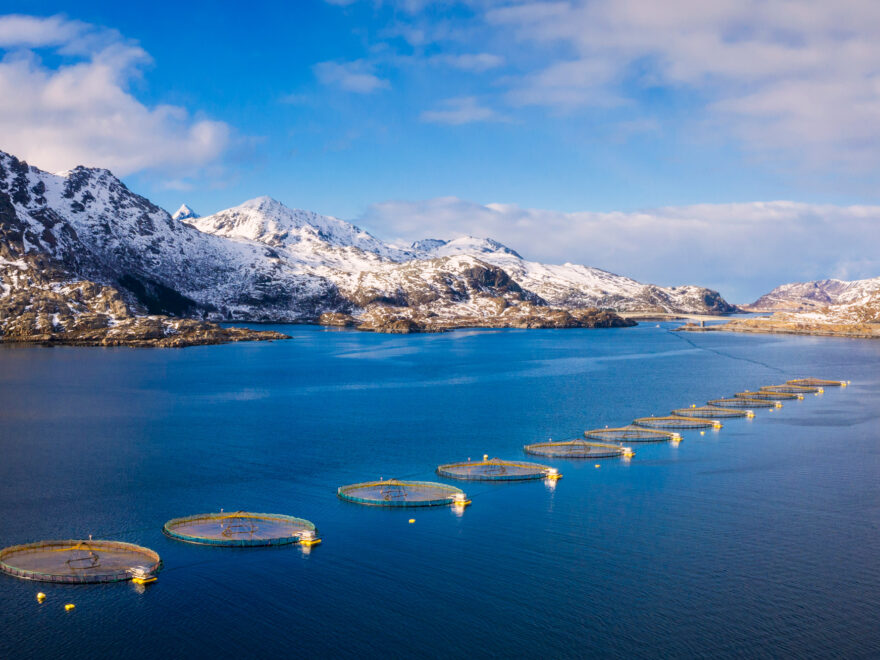Jarred Gibbs,
Product Manager Signify New Zealand
![]()
New Zealand’s primary producers are the backbone of the economy bringing in $46.4 billion (2020) of foreign exchange and directly employing one in seven people (350K) in New Zealand, and many more indirectly.
Our primary sectors consisting of Agriculture, Forestry, Horticulture and Seafood, have been focused on enabling the growth in the value of its food, fibre, beverages, agritech and services exports in the face of four key emerging trends and challenges;
- Sustainability of Natural resources: Worldwide many of our natural resources are under pressure, there is a sustained effort to move to better practices, often with the use of technology to broadly maintain the social licence to operate.
- Climate Change: The primary sector contributes heavily to New Zealand’s GHG emissions, so going forwards we need to do more with less and at a higher quality to get international acceptance (especially when you factor in food miles).
- Market Forces: an expanding global population and growing Asian middle class are demanding ever higher quality food and products, it is here, New Zealand is uniquely placed to provide.
- Public Trust and Participation: Globally, evidence points towards declining public trust in government, corporations and the primary sector.
The public is increasingly turning to social connections and social media for guidance and advice. It is against this back drop where a strong New Zealand brand that delivers innovative, trustworthy and ethical solutions will be well received by the purchasing public.
It is against this backdrop that Philips lighting have been slowly unlocking the extraordinary potential of light and assisting some of New Zealand’s (and the worlds) biggest producers and brands to meet these challenges. The rapid move to digital LED based lighting has literally been a revolution in the last few decades. For us humans we can see the tangible benefits of good lighting to our circadian rhythm, allowing us to sleep better, improve our mood and live healthier. This can be as simple as blue light filters on our phones and tablets, to full office fit outs with human centric lighting systems.
It logically follows that animals and plants also respond in much the same way with lighting that is tailored to their own specific biology. Over the last few decades there has been a large body of research on lighting specific to our primary producers that enable them to produce more in a shorter time with less inputs and at a higher quality.
Through this research it is now possible to offer specific lighting recipes that are able to precisely control the wavelength, spectrum, intensity and timing of energy (ie light) needed for plant and animal growth for optimal outcomes.
Locally, Philips Lighting New Zealand and partner Agrolux, worked closely with Gourmet Mokai, a producer of gourmet tomatoes and capsicums. In 2018, 4500m2 of tomato green houses were lit with Philips Green Power LED lights and automated with tuned lighting recipes. The resulting bespoke lighting system was able to raise yield, quality and provide more year-round predictable and reliable growth better suited to market demand.
Similar bespoke solutions have been engineered for Aquaculture and specifically for Salmon farms. The marine grade submerged grow lights and tank lighting ensure a proper distribution of the fish throughout the tank and that the fish continue to swim in the same direction and at the same speed, which mirrors their natural behaviour and calms them down, contributing significantly to animal welfare. Built from the most durable marine-grade alloy constructions, the lights require minimal to no hardware maintenance.
Capable of the deepest dimming levels (<1%), these flicker-free solutions simulate sunset and sunrise conditions with lighting spectrums that are breed specific and provide gradual ramp-up behaviour, thus protecting fish from
the stress that generic and variable lighting can cause.
For open water solutions, submersible high power (340W) fish lights enable the fish to spend more time at deeper depths where it is healthier and less stress producing. This improves growth rates and significantly reduces sea lice exposure. This system of submerged lights and specific light recipes lowers the food conversion ratio, resulting in lower production costs. This ensures production is constant and at the same time improves the welfare and sustainability of the fish.
On land, specific lighting solutions are being employed to improve conditions for chickens. The idea behind the lighting solution is simple: by reducing stress on chickens, good lighting can improve both their health and yields. The patented NatureDynamics technology adjusts intensity, photoperiod, and spectrum in response to birds’ needs, making the facilities much more natural.
From aerial top dressing in the 1930’s to the first electric fence on a Hamilton farm (Bill Gallagher, patented 1953), New Zealanders have always been open minded and among the first to adopt new and better techniques and technology in Farming and Agriculture. This new approach to lighting will be no different.
Sources:
Ministry of Primary Industries 2018-2023 strategic intentions: https://www.mpi.govt.nz/dmsdocument/31056-MPI-Strategic-Intentions-2018-2023
The effect of light on our sleep/wake cycles: https://www.lighting.philips.com/b-dam/b2b-li/en_AA/Experience/Topics/Education/Lighting_Academy/how-to-beat/Daily-sleep-wake-cycles-whitepaper-FINAL.pdf
https://www.lighting.philips.com/main/products/aquaculture/press-releases/salmon-evolution


